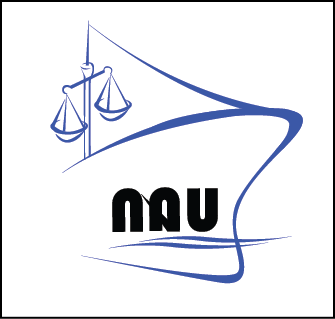While writing the first part of this article in April 2015, we were under the impression that this aspect was not dealt with earlier. However, we have since come across an opinion by the Advisory Committee of the Association of Average Adjusters UK and therefore we felt it appropriate to broadcast the same so that readers can take benefit of the Association’s advice.
- As mentioned above, the Advisory Committee of the Association of Average Adjusters had provided an opinion in 1975 on the Contributory Value of Containers and which is as follows:“ .. letter was submitted to the Advisory Committee of the Association which issued the following Report:- Of the two possible methods of valuing containers for General Average purposes under York Antwerp Rules 1950 or 1974, viz :-
- Current replacement value cost less depreciation.
- Original purchase price less depreciation. The Committee consider that method a) is more correct in principle due to the effect of inflation which may take the current value of a container considerably more than its original value less depreciation. However, whichever method is used there must be a limit to the deduction of an allowance for depreciation as otherwise the container, although used in trade and obviously of the same value to its Owner, will eventually have a nil value for both contribution and sacrificial purposes. Either method will involve considerable research into the original or replacement cost of the container, its age and the formulation of a depreciation allowance which could vary widely according to the type of container and the trade in which it is used. These enquiries might relate to containers to the number of one thousand or more in a single case of General Average. For simplification purposes the Committee suggest that the insured value of the container for both General Average Contribution and Sacrifice could well be adopted. Such a measure would require the agreement of organizations representing Underwriters, Shipowners and Container Owners.”
- As you will note from 1 above, the Advisory Committee also suggest that parties may consider adopting the Insured value of the containers to simplify the calculation of values. The question would then be is whether the containers insured are under a valued or unvalued policy? If it is a valued policy, then it would be possible to simply provide the values agreed under the policy. However, if the policy issued is an unvalued policy, then the basis of the value would be the insurable Value and this would be ascertained by the replacement value of the containers at the place where the adventure terminates for the containers.
- Given that Container Operators both own and lease containers (various types of lease such as long term, short term and lease purchase), it would be difficult to provide valuation of the containers to Insurers (at least for the short term leases given that containers are leased only when there is a demand) prior to inception of policy, it is submitted that therefore most of the Container Insurance Policies covering leased containers would be for a range of values i.e. containers valued from ____ to ____ and therefore they would be considered as unvalued policies. This being the case, as there is no insured value in the policy, the Container Owners would have to declare the value of the containers to the Average Adjusters / Owners when so requested.
- In our earlier article GA & Salvage – Value of Containers, we argued that the container values to be declared should be the Replacement Value (“RV”) which we defined as “It is the actual cost incurred to replace a container by buying a similar container from the market”. Here, by the market, we mean the place where the adventure terminates for the container and therefore the value of the container should be based on the price of similar containers available at the location where the adventure terminates for the container interests. There would be variations in price depending on the demand and supply of containers at the time / place where the adventure ends given that some locations are container deficient areas and some locations are container surplus areas.
- The opinion of the Association of Average Adjusters was provided in 1975 where containers were mainly Dry Vans. As more specialized form of containers are presently in use with substantial values (at the present time, it is submitted that often the value of containers on board a vessel may exceed the value of the vessel), the time may have come to seek a fresh opinion from the Advisory and Dispute Resolution Panel on the Contributory Value of Containers, including Reefer, Tank and other specialized containers. In the meantime, Container Owners could choose to either declare the Insured Values (to simplify the process) or the Replacement Values at the termination of adventure (this would be of assistance to Containers Owners using more specialized and expensive equipment).
- To conclude, while it is certainly beneficial to declare the insured value as the basis for contribution of containers involved in a GA, Container Owners may also wish to consider use of the replacement value where the values involved are very high.


